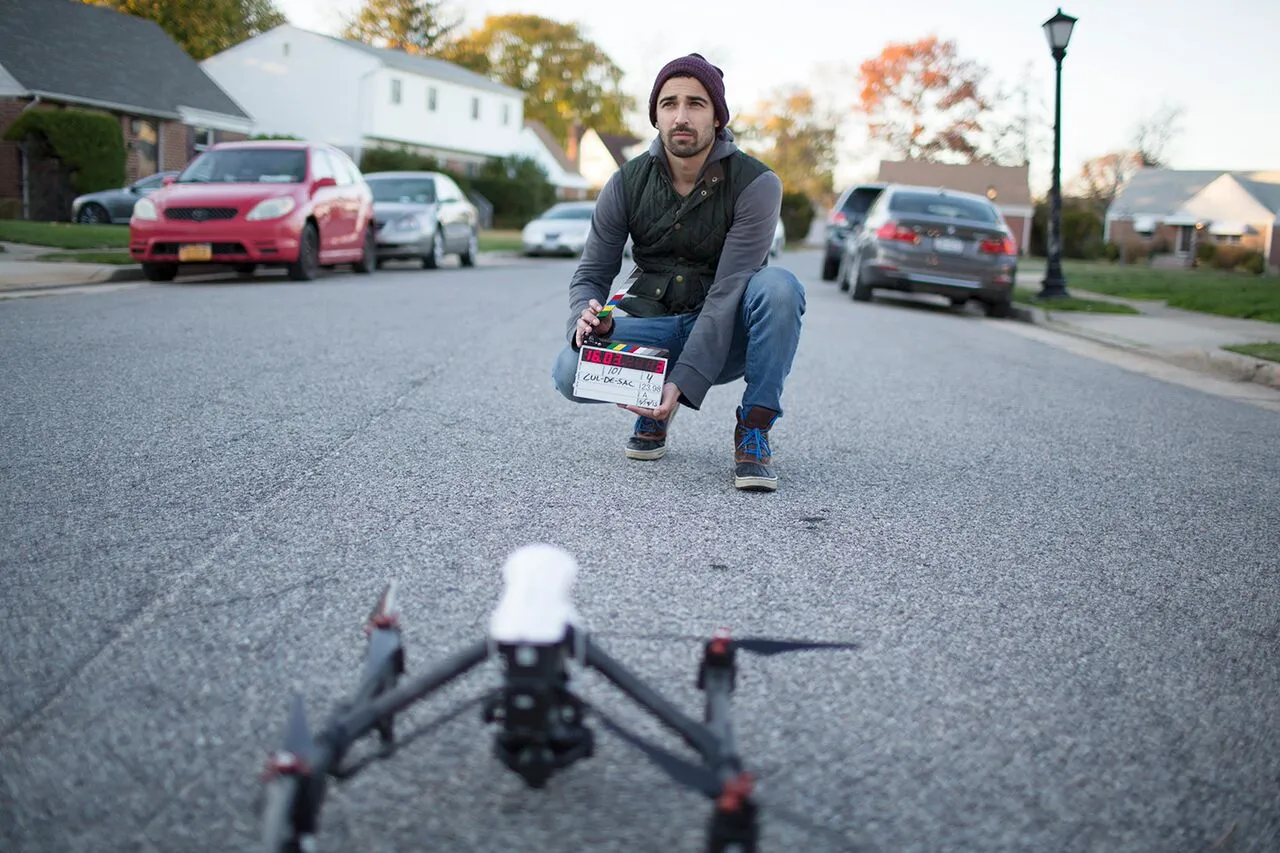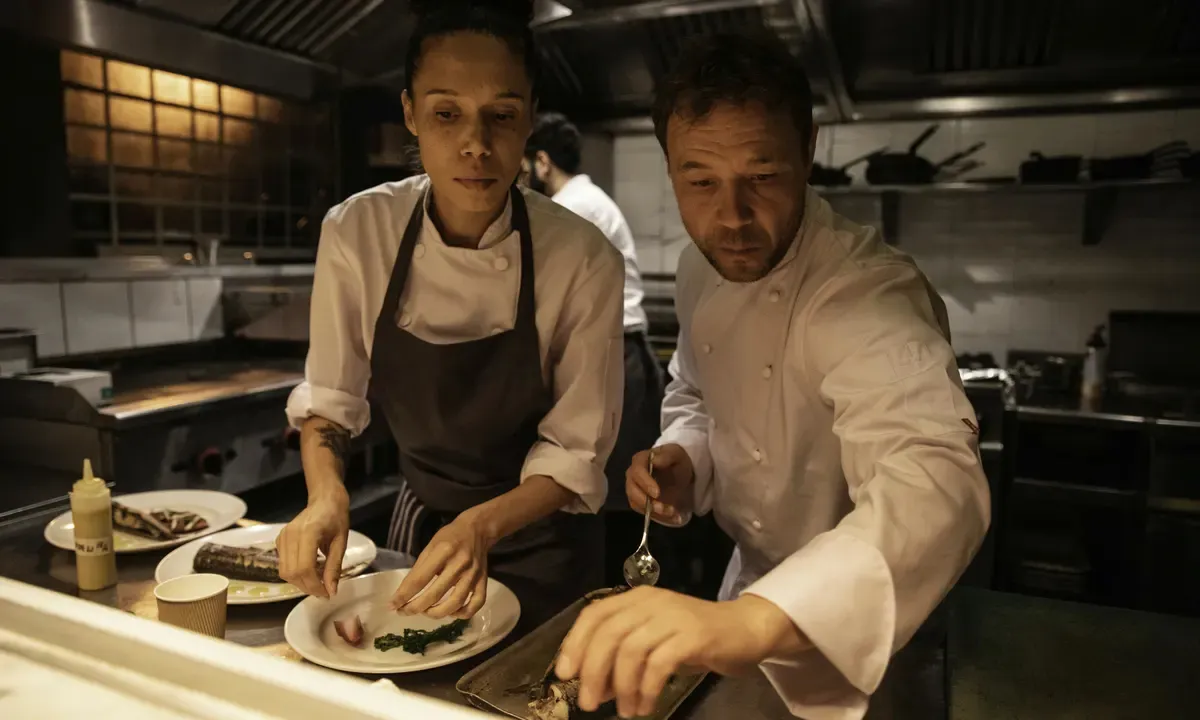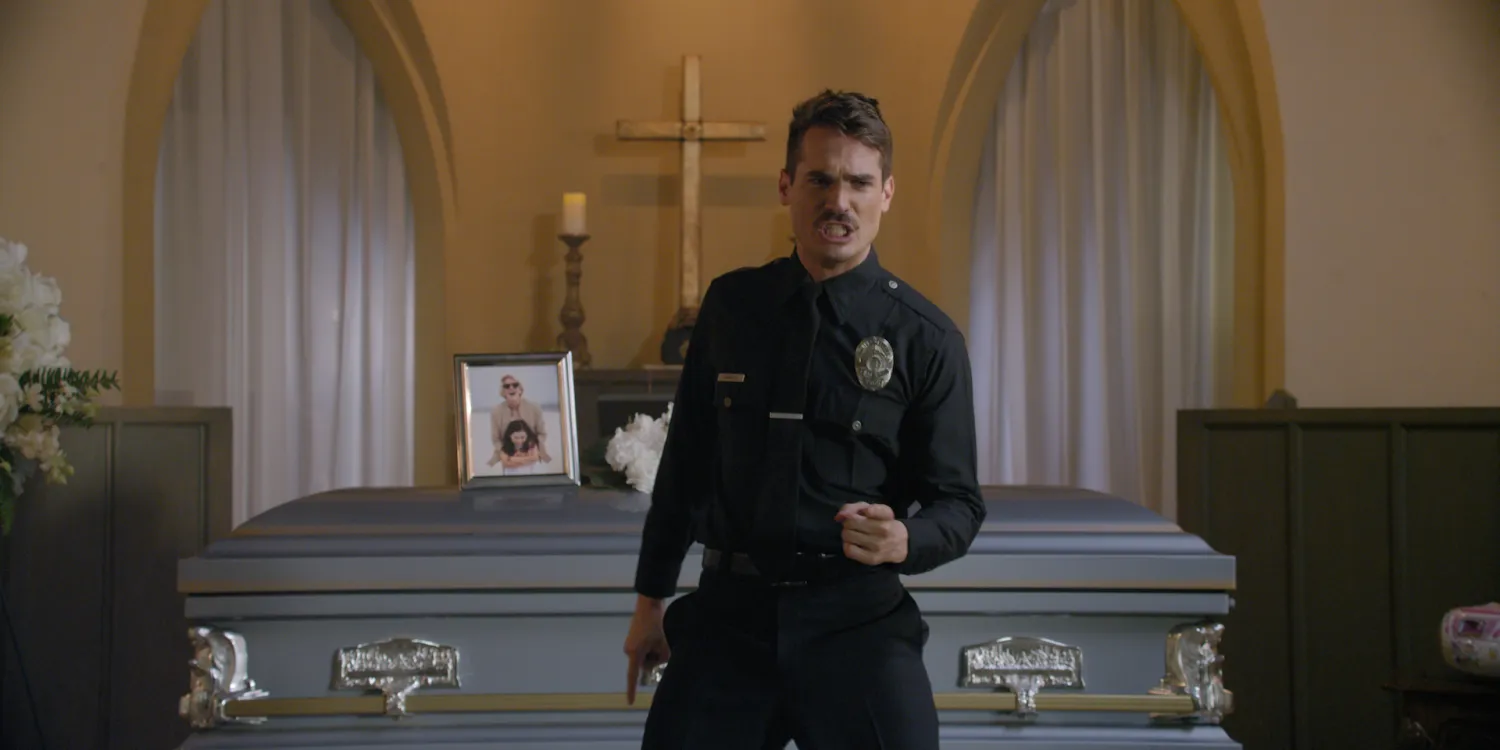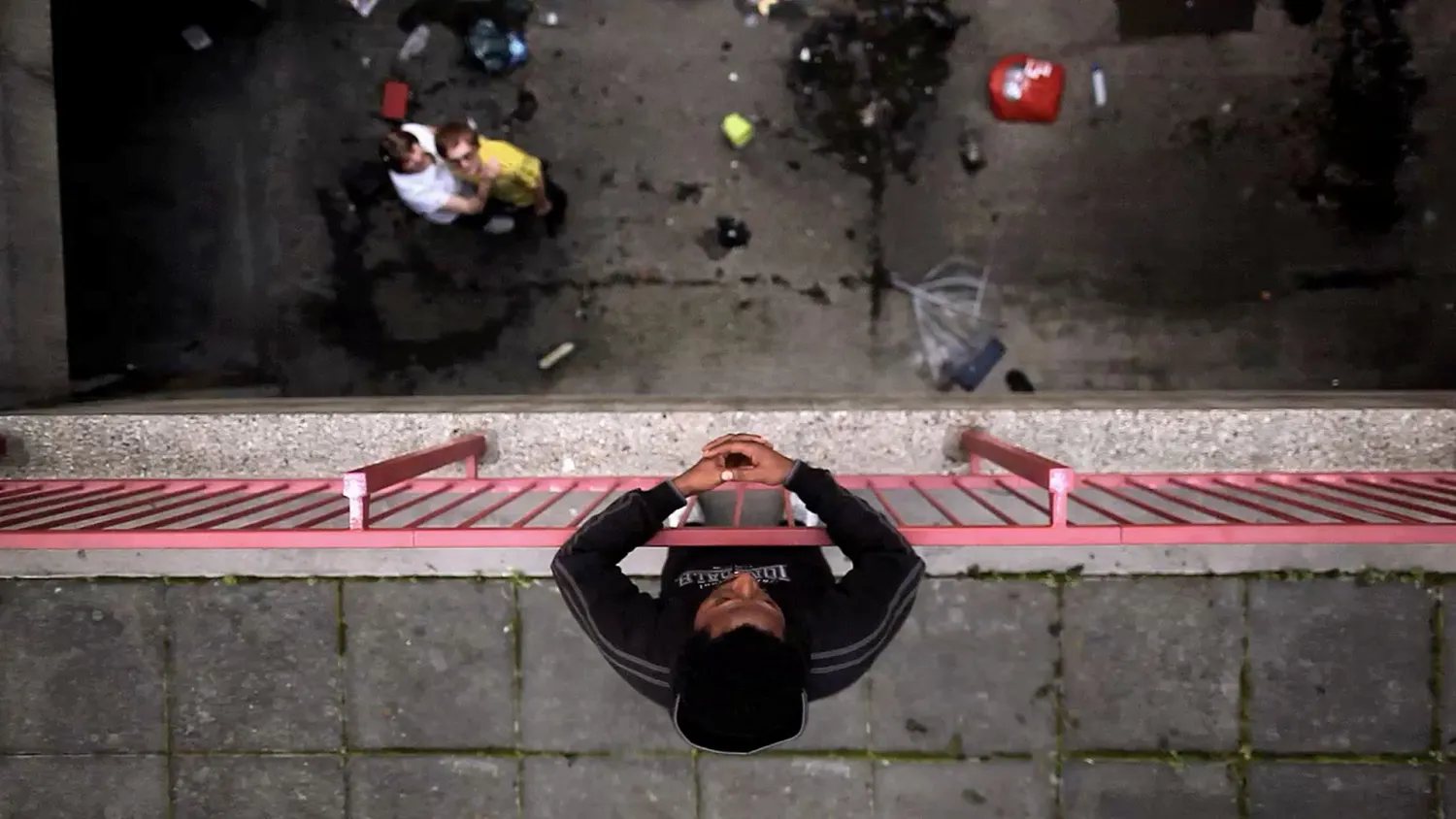Want to know if your short films are jumping on the latest trends? Rob Munday delves into today's cutting-edge creations to share four of the most exciting techniques, topics and tricks to inspire your filmmaking.

As a filmmaker, examining trends is a good way to understand the industry in which you work, how fellow creatives react to the world around them and how they use technology to shape their output. With short film seen as an area where innovative storytelling is born, the direction the filmmaking here takes can have an impact on the rest of the industry and help to shape both the narratives and techniques seen in television and feature films.
Short film continues to be a place for emerging filmmakers to develop their skills, so looking at the trends and whether they look like staying around or disappearing in to the ether can be vital research when it comes to improving your own work and progressing your career. With that in mind, lets take a look at some of those trends, to see if they’ll work as inspiration for your own filmmaking.

The Proof of Concept Short
One short film trend that has become prominent over the last 10-years or so, and shows no signs of diminishing, is the proof of concept. Short film has long been recognised as an important stepping stone in a filmmaker’s career and while they are the perfect opportunity to showcase talent, they are also a great way to introduce an audience, or prospective funders, to a narrative and its potential for expansion. This is what a proof of concept short is all about: establishing a storyline, its characters and the world in which they exist to help the filmmaker demonstrate the development possibilities.
The PoC short has proved particularly popular in genre filmmaking, with the likes of District 9 and The Badabook starting their lives as short films, but in more recent times we’ve seen dramas, such as Oscar-nominee Whiplash and SXSW-winner Short Term 12 make the transition from short to feature. With short film offering the best possibility to visually demonstrate that a script will work on screen, the proof of concept short will continue to exist for the foreseeable future and will continue to provide the world of feature filmmaking with new exciting projects for years to come.

The One-Take Short
Another technical trend that has become somewhat fashionable in the world of shorts is the one-take, or “oner”, film. Although shooting a complete film in one-single take isn’t exclusive to the short format - Hitchcock shot his 1948 film Rope in several long takes (as long as film stock allowed back then) and since then we’ve seen it in feature films like Mike Figgis’ Timecode or Sebastian Schipper‘s Victoria - the briefer duration makes it a lot more achievable, so we understandably see more filmmakers take a swing.
Shooting a short film in one-take allows a filmmaker to increase the tension and add a layer of authenticity to their work, which is difficult to replicate through other methods. Films like Philip Barantini’s Boiling Point, which went from short film to feature in the space of a couple of years, are the perfect example of what this shooting method can bring to the viewing experience. However, don’t be fooled into thinking filming like this will make your life easier, there’s a reason not many feature films attempt it. With that in mind, while I think the “oner” will stick around in short film, it will stay a rarity, instead of becoming commonplace.
The Topical Short
Whilst the experience of a global pandemic taught us many things about the world, in the short film arena it was proof that the format offers a certain immediacy that just can’t be found elsewhere in filmmaking. As we’re still seeing a raft of short films dealing with COVID related issues released in the hope of finding an audience, topicality remains a key trend as filmmakers react to the world around them. From police brutality to abortion rights and the MeToo movement, the lack of pressure/restrictions from studios means these subjects can be portrayed with an authenticity and urgency unrivalled on the big or small screen.
With recent Oscar-winning short films tackling contemporary issues such as the rise of the far right and racial profiling, tackling topical issues in short film is a trend showing no signs of stopping. As long as the filmmakers involved continue to recognise the important message that it is possible to share through these brief storylines we’ll continue to see narratives reflecting global (or local) issues.

The Short Shot from a Unique Perspective
Much like the narrative freedom I’ve already addressed in this article, the short format also offers filmmakers the opportunity to play with craft and try out new technical approaches. One particular technique that has grown in popularity over recent years is shooting your film from an uncommon perspective. Whether shot from directly overhead, providing a god-like view, or told through the lens of an iPhone, these unusual point-of-views can add a fresh angle to narratives and provide exciting new ways of telling a story.
Although this novel way of shooting initially feels like it has endless possibilities, when you dig deeper and explore the prospective angles you could take, it does start to quickly feel repetitive. I don’t think this a trend that will totally die out, as again the freedom short film offers means it’s an exciting route for experimentation, but you do start to wonder how many more “unique” perspectives there could possibly be?
As the name suggests, short film trends come and go, but the one consistent for filmmakers working in the format is that innovation will continue to be key. With the freedom offered by the reduced restrictions (and expectations) meaning you have licence to cast off the shackles and experiment with technique and story, originality in short film will remain much more than a fad. And that’s something we should all be excited about.
